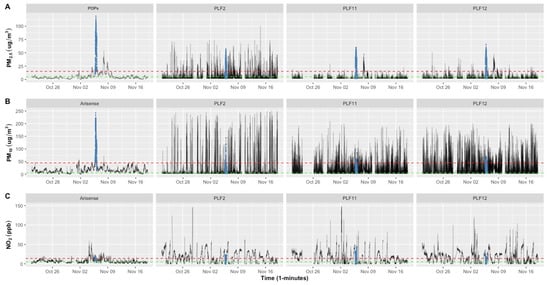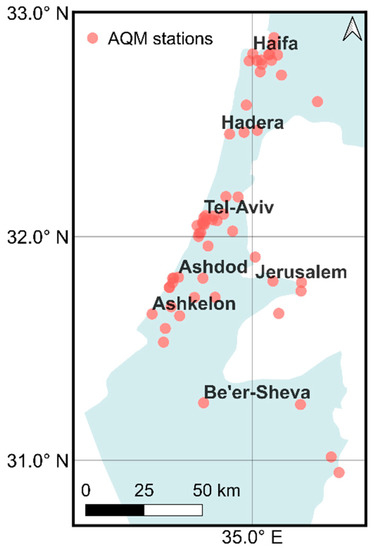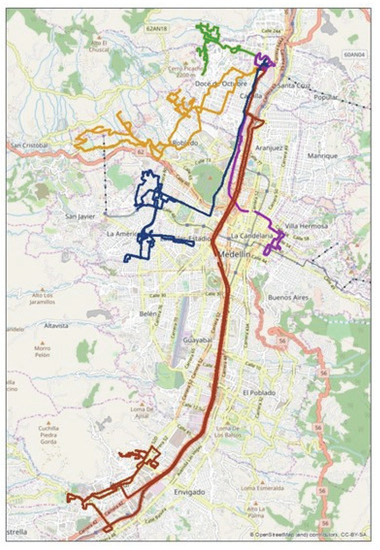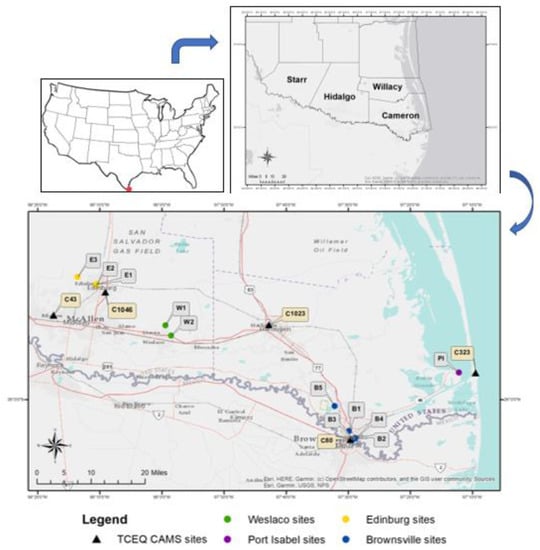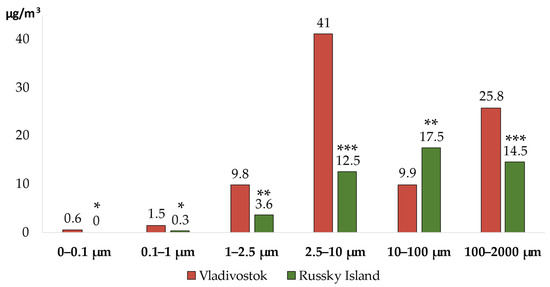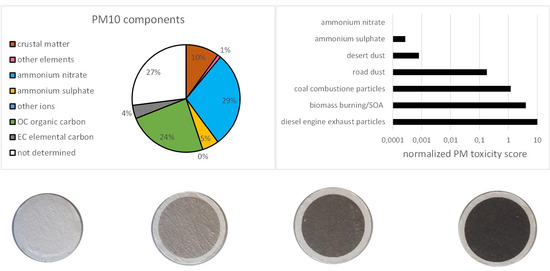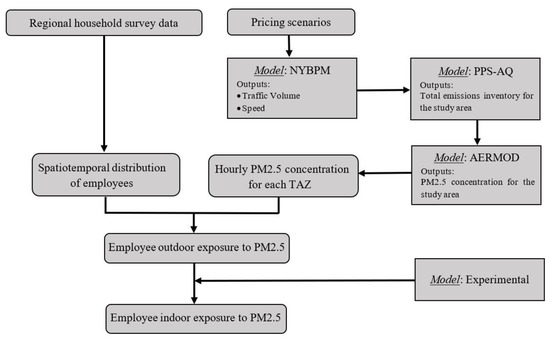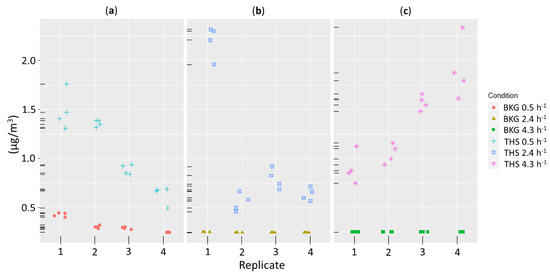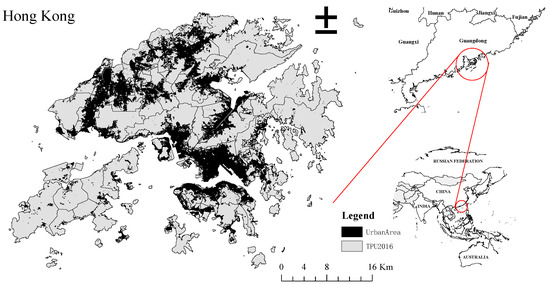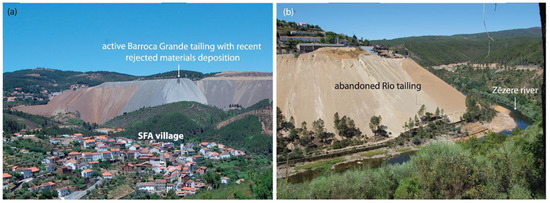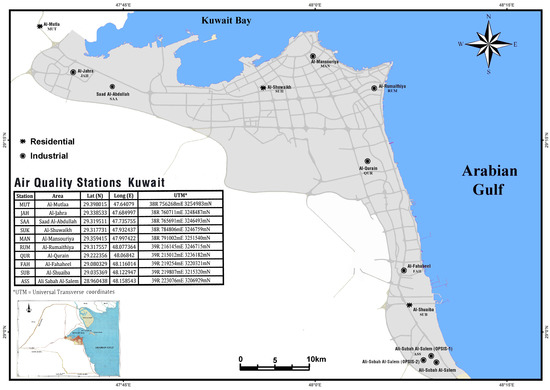Measurement of Exposure to Air Pollution
A topical collection in Atmosphere (ISSN 2073-4433). This collection belongs to the section "Air Quality and Human Health".
Viewed by 37003Editor
Interests: environment; exposure assessment; airborne particles; aerosol; environmental engineering
Special Issues, Collections and Topics in MDPI journals
Topical Collection Information
Dear Colleagues,
The foremost aim of scientists investigating air pollution-related issues is the estimate of risk and health outcomes in exposed populations. The value of the information provided is obviously related to the models adopted, but it depends even more on the propaedeutic data for such estimates, i.e., the exposure assessment. The exposure is the consequence of pollutant emission from different sources and the following thermodynamic processes affecting those pollutants. Therefore, the prediction of such exposure is somehow complex; nevertheless, the exposure of a selected population can be really measured, and such measurement is crucial to properly estimate pollutants’ dose, risk, and health effects.
People are exposed to several pollutants, depending on the microenvironments where they live and work and the lifestyles that they adopt. Indeed, in the past, the scientific community has mainly investigated the air quality of outdoor environments, highlighting, as an example, the critical aspects of the existing standards. Currently, scientists are also trying to deal with the air quality of indoor microenvironments, since a number of researches clearly recognized such microenvironments as worse than the outdoor ones in terms of people exposure to hazardous pollutants.
A significant advancement in characterizing the exposures to pollutants can be achieved only considering a multidisciplinary approach involving techniques, methods, and know-how of air quality experts, metrologists, epidemiologists, engineers, chemists, and physicists. This is the purpose of the Topical Collection “Measurement of Exposure to Air Pollution” that welcomes researches considering all the different aspects related to the exposure assessment. In particular, the issue will involve, but it is not limited to, studies (a) evaluating the exposure to different pollutants in particular microenvironments (both indoor and outdoor), (b) investigating the effectiveness of technical solutions to reduce the exposure, (c) modelling the dynamics of the different pollutants to predict the exposure, (d) highlighting the effect of the instrument metrological performance on a proper evaluation of the exposure, (e) characterizing the emission of sources not yet examined, (f) proposing new exposure assessment methods and approaches.
Prof. Dr. Luca Stabile
Collection Editor
Manuscript Submission Information
Manuscripts should be submitted online at www.mdpi.com by registering and logging in to this website. Once you are registered, click here to go to the submission form. Manuscripts can be submitted until the deadline. All submissions that pass pre-check are peer-reviewed. Accepted papers will be published continuously in the journal (as soon as accepted) and will be listed together on the collection website. Research articles, review articles as well as short communications are invited. For planned papers, a title and short abstract (about 100 words) can be sent to the Editorial Office for announcement on this website.
Submitted manuscripts should not have been published previously, nor be under consideration for publication elsewhere (except conference proceedings papers). All manuscripts are thoroughly refereed through a single-blind peer-review process. A guide for authors and other relevant information for submission of manuscripts is available on the Instructions for Authors page. Atmosphere is an international peer-reviewed open access monthly journal published by MDPI.
Please visit the Instructions for Authors page before submitting a manuscript. The Article Processing Charge (APC) for publication in this open access journal is 2400 CHF (Swiss Francs). Submitted papers should be well formatted and use good English. Authors may use MDPI's English editing service prior to publication or during author revisions.
Keywords
- air pollution
- exposure
- airborne particles
- ventilation
- portable instruments
- indoor air quality
- outdoor air quality
- filtration
- exposure population study
- measurements
- PM chemical analysis
- pollutant dispersion





